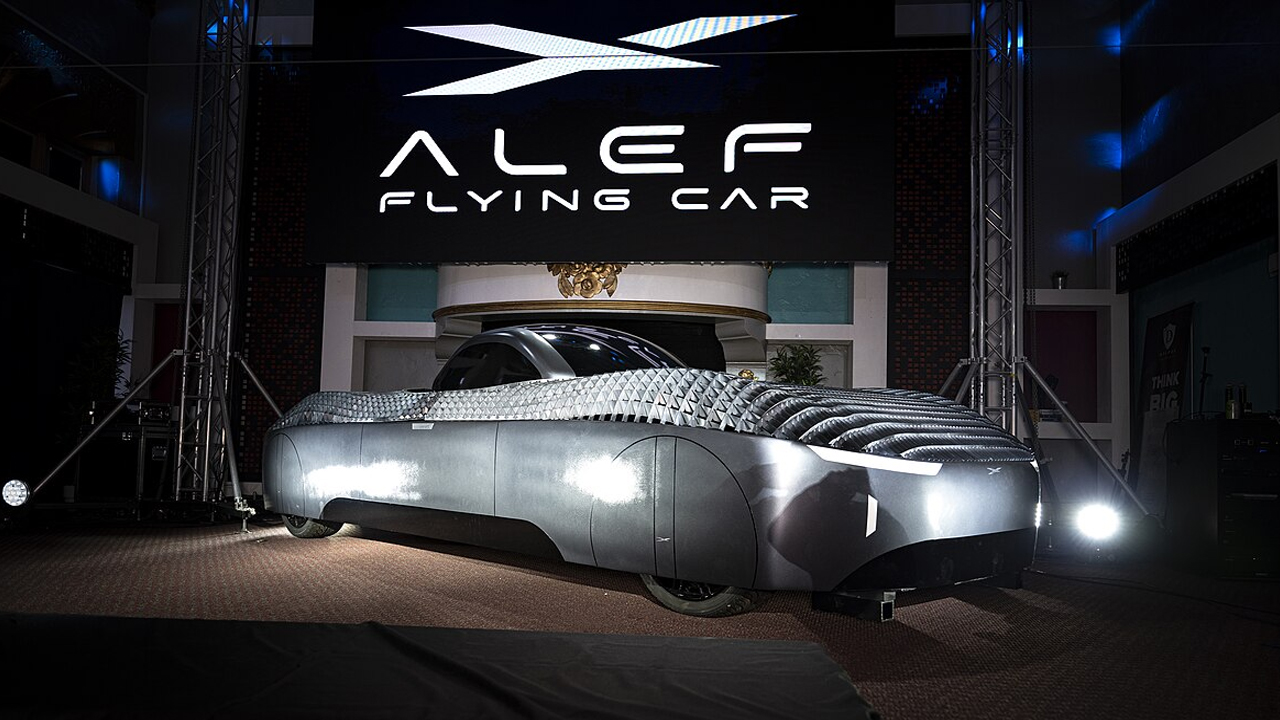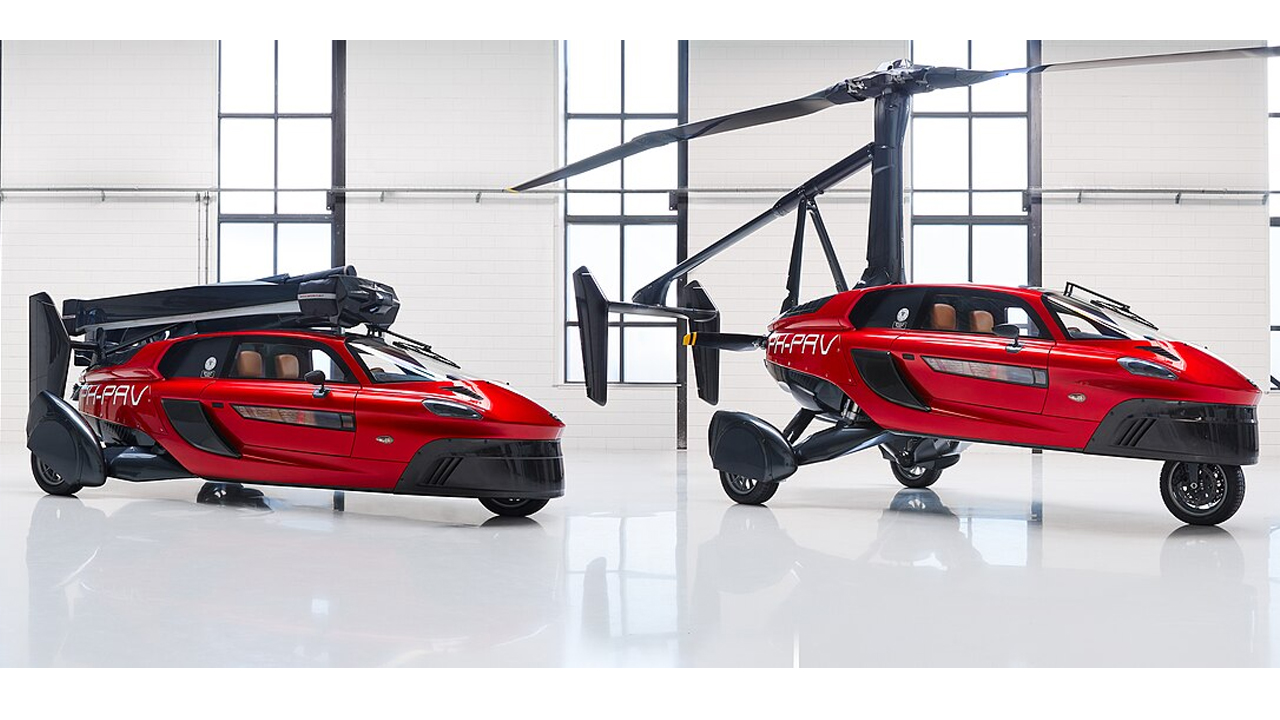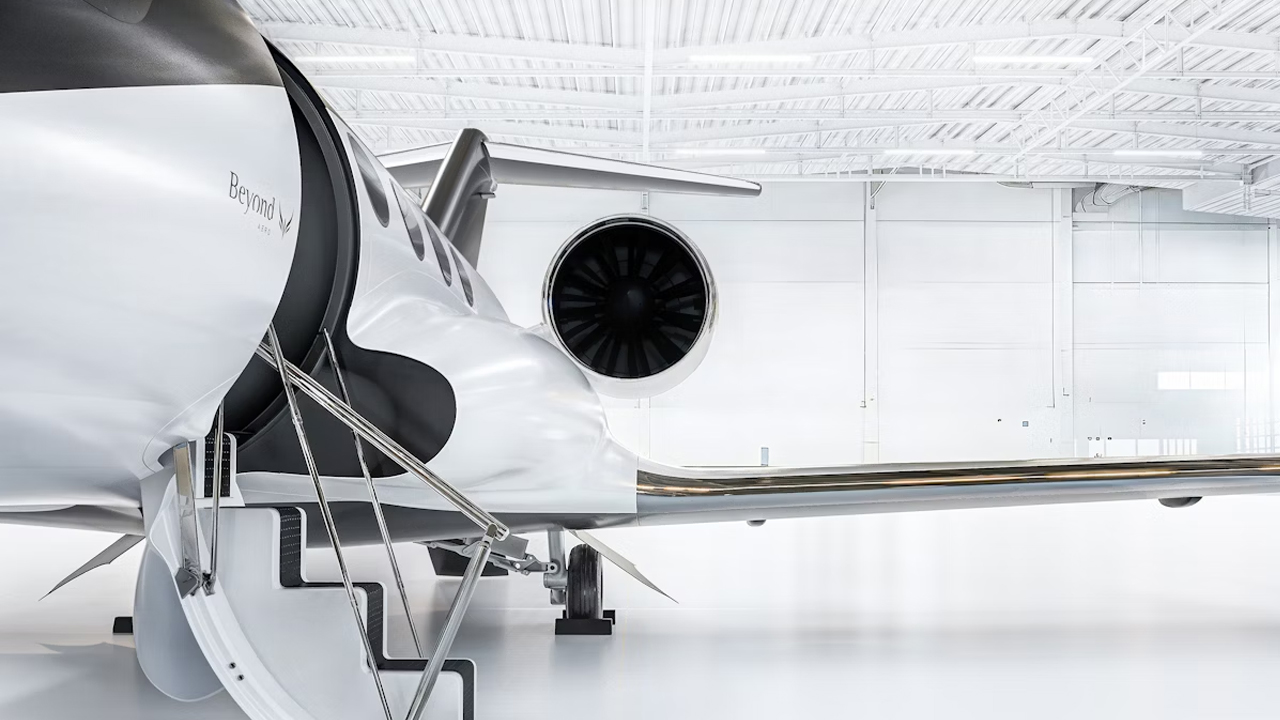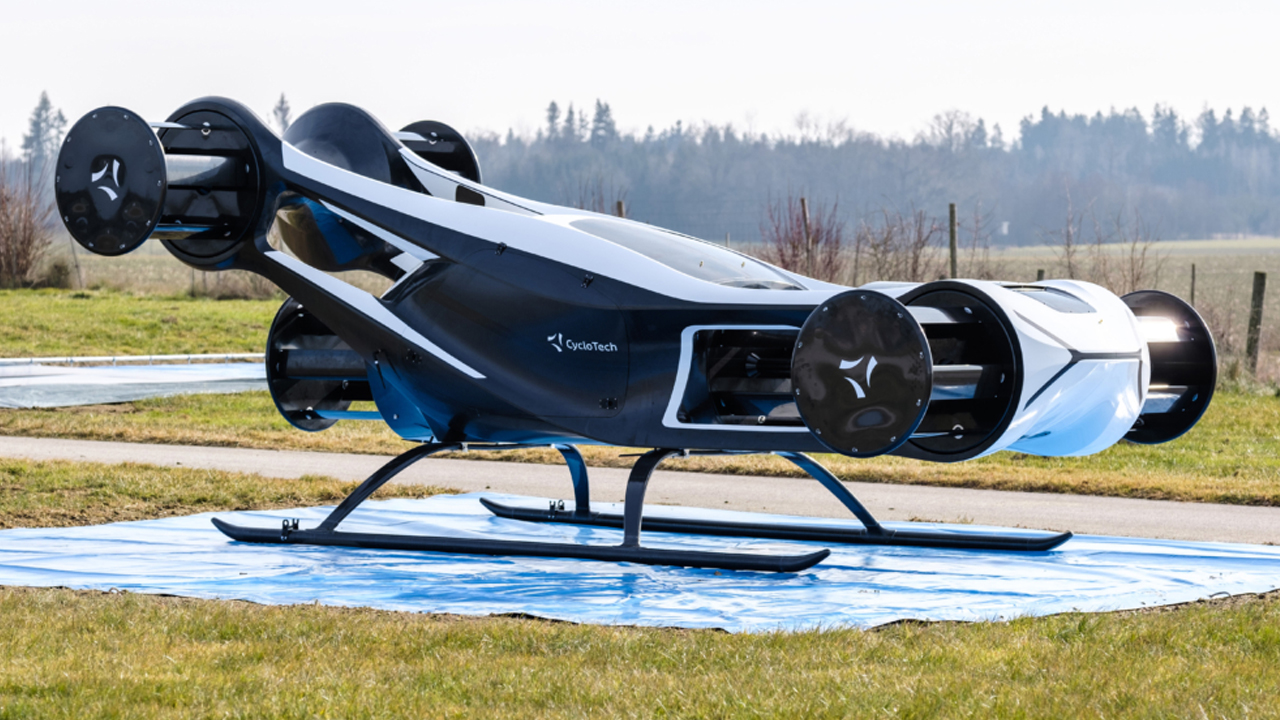Flying cars have always felt like a promise that never quite landed—until now. Alef Aeronautics is pushing the idea out of science fiction and into real life with its Model A, a single-seater electric vehicle that drives on the road and lifts off into the air. It’s not hype anymore. With new FAA approvals and test flights underway, Alef is closer than ever to making everyday air travel a real option. And it’s doing it with a design that actually works within the world we live in—not some distant, futuristic fantasy.
FAA Certification: A Step Toward the Skies

Alef Aeronautics has secured a Special Airworthiness Certificate from the Federal Aviation Administration (FAA), allowing the Model A to begin test flights. This certificate doesn’t green-light mass production just yet, but it does open the door for the company to validate the aircraft’s performance and safety in real-world conditions. It’s one of the biggest regulatory hurdles to clear for any flying vehicle.
What makes the Model A different is that it’s fully electric and designed for both ground driving and vertical takeoff. It fits in a standard parking space, drives like a regular car, and lifts off without needing a runway. That mix could be a big deal in cities where traffic and space are always at a premium. (Source: ABC7)
Design and Capabilities: A Unique Approach
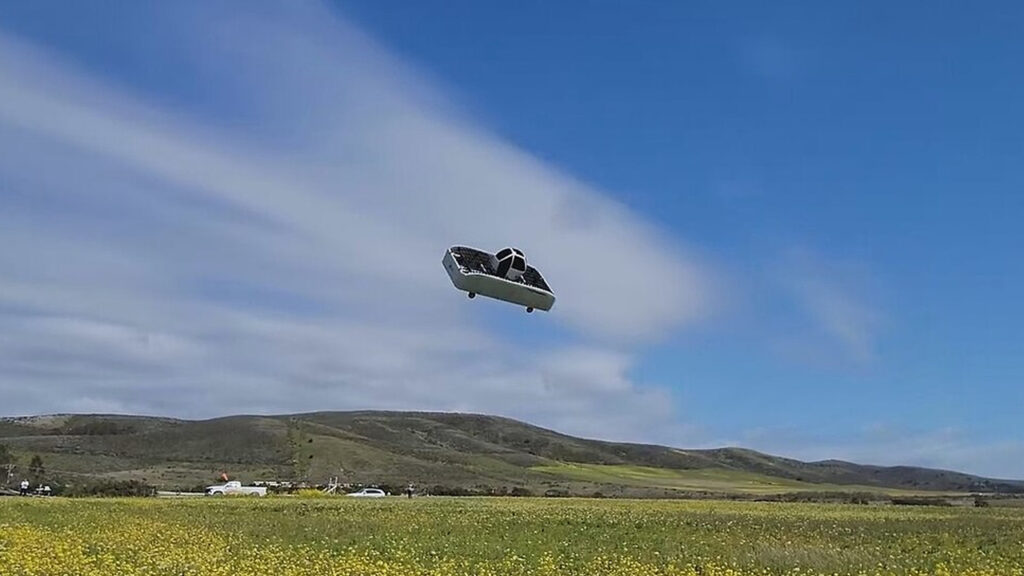
The design flips traditional thinking on its head. When the Model A takes flight, the whole body rotates sideways and acts as the wings, while the cockpit stays upright. It’s not just a car with drone propellers slapped on—it’s been engineered with this dual mode from the start.
It can fly for about 110 miles and drive for 200 miles on a single charge. And because it can take off vertically, you don’t need a runway or airstrip. That opens up a lot of flexibility, especially for commuters dealing with gridlock or folks in areas where airports aren’t easily accessible. (Source: Wikipedia)
Market Interest and Future Plans

There’s already serious interest. Alef says it has more than 3,300 pre-orders, with reservations requiring just a $150 deposit. That may not seem like much, but it shows people are open to new ways of getting around—and willing to get in line early.
Looking ahead, they’ve got a roadmap. A two-seater version of the Model A is expected in early 2026, and a larger four-seater—called the Model Z—is planned for 2035. These aren’t just concept sketches either. The company appears serious about scaling this thing into something people can actually use. (Source: New York Post)
Regulatory and Infrastructure Considerations

The FAA approval is just part of the puzzle. Alef still needs the green light from the National Highway Traffic Safety Administration (NHTSA) before it can drive the Model A on public roads. Plus, there’s the whole issue of how cities and towns would even begin to handle flying cars as part of their traffic systems.
For now, it’s classified as a low-speed vehicle, meaning it can’t go faster than 25 mph on the ground. That might limit where it’s useful at first—but in combination with short flights, it could still completely change short-to-medium commutes. (Source: ABC7)
A Glimpse into the Future

The Model A isn’t science fiction anymore. It’s moving through the hoops that any real-world product has to clear. It won’t replace your daily driver just yet, but the idea of skipping traffic by going airborne is getting more real by the day.
If Alef keeps hitting these milestones—and regulators stay open-minded—it could mark the start of an entirely new category of transport. Quiet, electric, and flexible enough to park in your garage, this isn’t some far-off dream. It’s already in motion. (Source: Economic Times)


